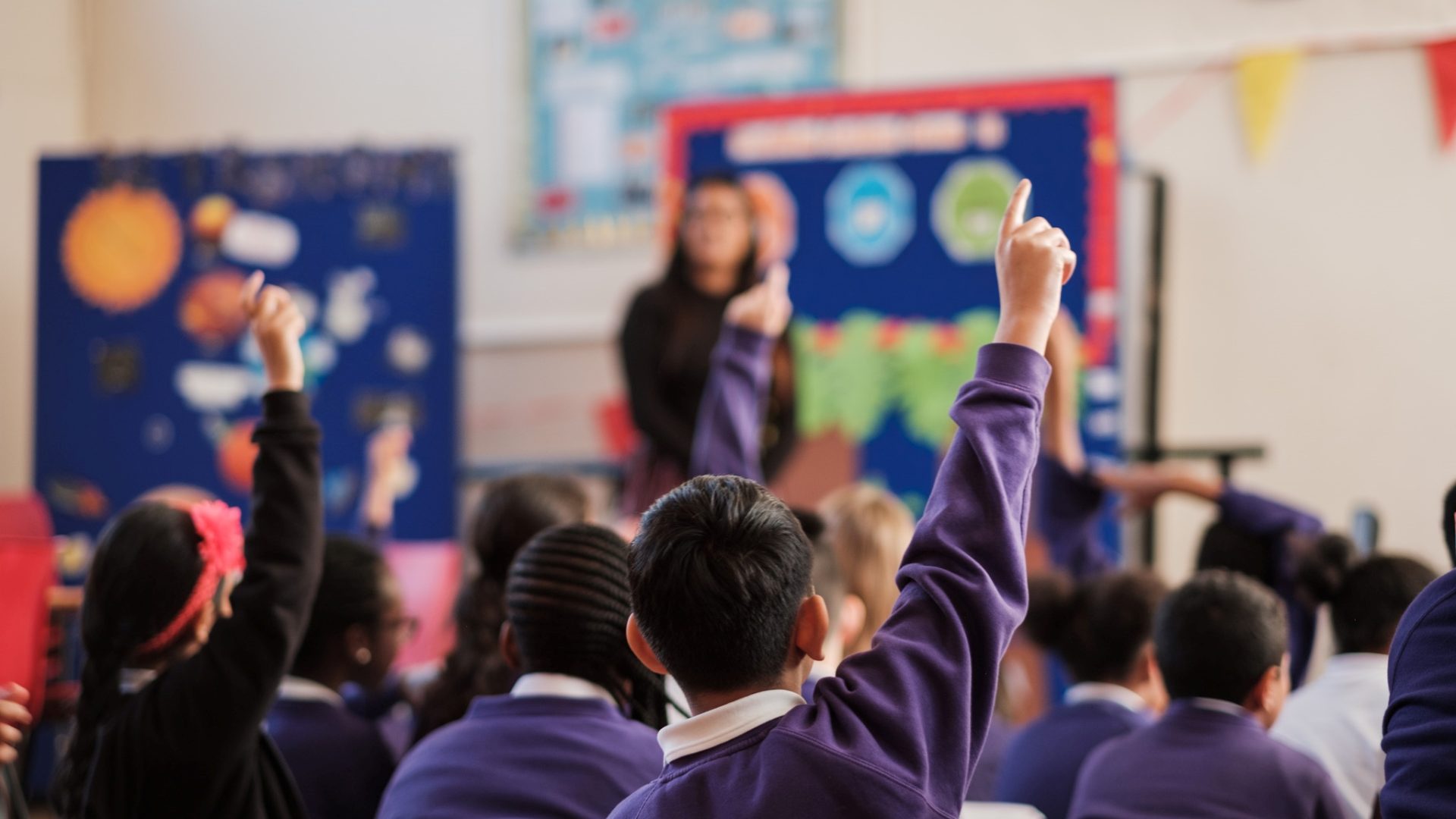Since the pandemic first hit, concerns have been raised about the impact on education. The Centre for Economic Performance has estimated that a third of learning time was lost during the pandemic year, and more for those from the poorest backgrounds. The COSMO study shows that 80% of young people feel their academic progress suffered due to the pandemic, half report now feeling less motivated to study and learn, and 45% believe they are unable to catch up with lost learning. A recent systematic review concluded that “the pandemic has exacerbated educational inequalities between children from different socio-economic backgrounds, which were already large before the pandemic”.
With the launch of our new Impact Report, IntoUniversity can contribute its own evidence on the effects of the pandemic. Of course, a big focus of our impact reporting is on the difference made by IntoUniversity programmes, in particular, the progression rate into Higher Education for young people who have worked with us. While there is lots to celebrate, and the IntoUniversity model continues to support student success in the context of these wider challenges (61% of IntoUniversity school leavers progressed to university this year, compared to 28% of young people from similar backgrounds nationally), a deeper look at the data does reinforce the findings from the wider sector.
The widening attainment gap
Over the last decade, the gaps in attainment between young people from disadvantaged backgrounds and their peers had been slowly narrowing. Analysis by the EPI shows that the number of months students from disadvantaged backgrounds were behind their peers at the end of primary school had narrowed from 10.1 in 2012 to 9.3 in 2019. When assessments resumed in 2022 following the pandemic, the gap increased dramatically to 10.3 months, wiping out this progress. The Department for Education has said it expects that it may take another 10 years just to re-close the gap to the 2019 level. The picture is similar for GCSE and at the start of Primary school, where the gaps are now the widest since 2011 and 2014 respectively.
Rising school absence rates
We also know that school absence has risen. Department for Education attendance statistics show that the overall absence rate for 2022-23 was 7.5%, significantly higher than in the six years prior to the pandemic, when the absence rate was always between 4.5% and 4.8%. The rate for those from disadvantaged backgrounds is even higher at 11.4%. 38% of students from disadvantaged backgrounds missed at least 10% of their schooling last year, more than double the rate for other students. If this issue persists it will undoubtedly affect students’ attainment, suggesting that the attainment gap may widen further in future.
Other factors
The cost of living has increased in recent years without a corresponding increase in student finance, and the average rent for private student housing is now higher than the maximum student loan. Despite the well-evidenced benefits, there has been recent negative rhetoric around university degrees, including the government announcing a crackdown on “rip-off university courses”.
Exam grade boundaries returned to their pre-pandemic level in 2023, meaning fewer students obtained top grades, with early indications suggesting a disproportionate impact on less advantaged students. This is likely to have had a particular impact on those aiming for more selective universities, which were already expected to accept fewer students this year to counterbalance the extra students admitted during the pandemic.
What our data is telling us
After accounting for year-to-year variation in our student population by using our tailored benchmark, we’ve seen a small but significant dip in the proportion of our students progressing to Higher Education this year. National datasets providing a direct point of comparison for this year are not yet available, but our data suggests that the factors described above have had a negative impact on Higher Education progression for students from less advantaged backgrounds. We’ve also seen a decline in the proportion of students achieving places at Russell Group institutions.
Reasons for hope
In this climate, it’s more important than ever that we can be confident our work is making a positive difference. Despite the challenges, our progression data for this year continues to demonstrate a large positive impact on students’ chances of progressing to university. Among the further evidence you’ll find detailed in our full Impact Report is an independent evaluation showing that Primary students who regularly take part in our Academic Support programme make 3 months additional progress in Maths, enough to close the attainment gap back to well beyond its 2019 level. There’s also new analysis indicating that IntoUniversity students are less likely to drop out of their courses than their peers, and that almost all of our students can expect a positive financial return from their degrees, in addition to the personal and wider societal benefits we know Higher Education brings.
It’s clear that the educational challenges following COVID are real and are not going away, and it’s crucial that we continue to work with our partners to ensure that our work remains impactful and that we adapt where necessary to meet emerging challenges and opportunities.
Find out more about our impact
Download our 2023 Impact Report

